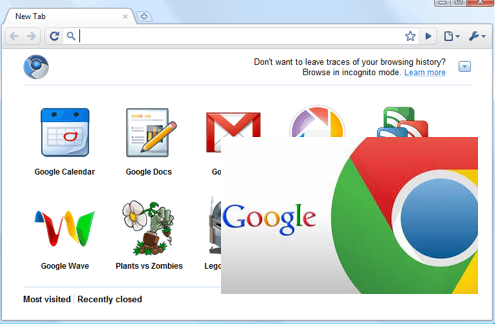

Media-heavy pages load and scroll smoothly: Compared to Mozilla Firefox, Chrome has always fared better when it comes to streaming HD video or just loading a lot of images at once. Let's see if Chrome is still the king of the hill. At the same time, Mozilla has changed the landscape with its Firefox Quantum overhaul. The reasons for that are complex, but one of them is that Google constantly iterates to make Chrome better. Let’s use pip3 to install Selenium for Python 3.Since its release in 2008, Google Chrome has gradually come to dominate the web browser market, even on platforms with pre-installed competition. If you google about Selenium, a lot of the time you see things about “Selenium server” and blah blah blah - you don’t need that, you aren’t running a huge complex of automated browser testing machines.

See Selenium snippets under “But Python can’t find chromedriver” Installing Selenium If you can’t move chromedriver there, you can always just tell Python where it is when you’re loading it up. The easiest place to put it is in C:\Windows. Now we need to move ChromeDriver somewhere that Python and Selenium will be able to find it (a.k.a. This is the magic software! STEP THREE: Moving ChromeDriver somewhere sensible STEP TWO: Unzipping ChromeDriverĮxtract chromedriver_win32.zip and it will give you a file called chromedriver.exe. That link should download 2.40, but if you want something more recent just go to the page and download the right thing. It looks like a scam or like it was put together by a 12 year old, but I promise it’s good and cool and nice. Installing ChromeDriver STEP ONE: Downloading ChromeDriverįirst, download ChromeDriver from its terribly ugly site. ChromeDriver, which allows software to control Chrome (like Selenium!).Selenium, which allows you to control browsers from Python.Want to use Selenium to scrape with Chrome on Windows? Let’s do it! Installing Selenium and ChromeDriver on Windows


 0 kommentar(er)
0 kommentar(er)
